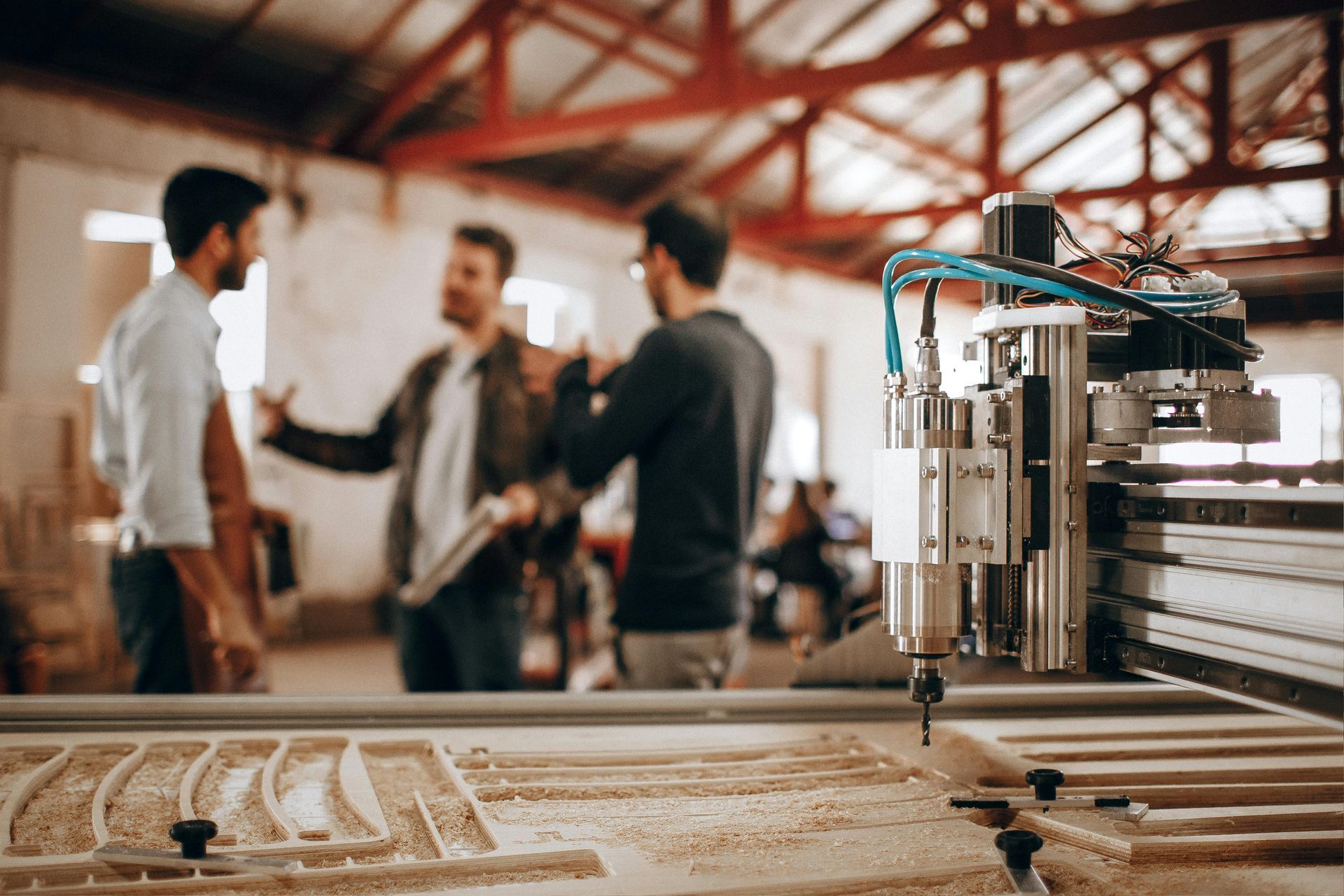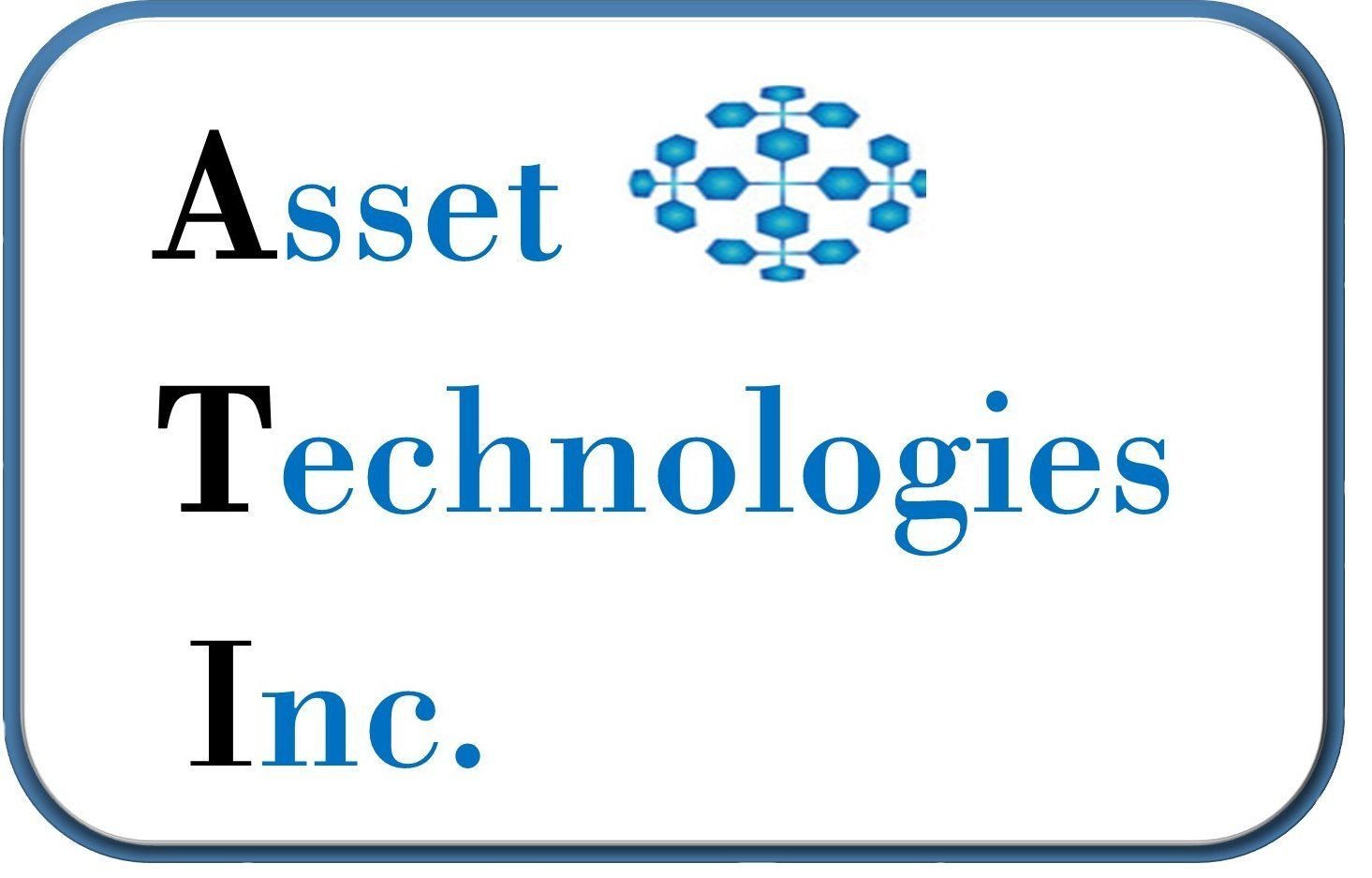November 19, 2024
In today’s complex legal landscape, disputes involving equipment valuation are becoming increasingly common. Whether it’s a case of business litigation, insurance claims, or asset division, accurately determining the value of machinery and equipment can significantly impact the outcome. This is where expert witnesses in equipment valuation play a crucial role, providing unbiased, fact-based assessments to assist courts, juries, and arbitrators in making informed decisions. In this comprehensive guide, we’ll explore the importance of expert witness services in equipment valuation disputes, the qualifications of a credible expert, and how their testimony can influence legal proceedings. Understanding the Role of an Expert Witness in Equipment Valuation An expert witness is a highly qualified professional who offers specialized knowledge beyond that of the average person to assist the court in understanding technical subjects. In cases involving machinery and equipment valuation, an expert witness’s testimony can be critical in clarifying issues related to the asset’s worth, depreciation, salvage value, and damage assessments. According to Rule 702 of the Federal Rules of Evidence, an expert witness must possess the requisite skill, experience, training, or education to assist the trier of fact in understanding the evidence or determining a fact in issue. In equipment valuation cases, this means that the expert must be able to effectively communicate their findings and defend their methodology under cross-examination. Why Equipment Valuation Disputes Require Expert Witnesses Equipment valuation disputes can arise in various contexts, including: Insurance Claims : Disputes over the valuation of damaged or destroyed equipment. Bankruptcy Proceedings : Determining the value of assets for creditors and stakeholders. Divorce Settlements : Equitable division of assets that include high-value machinery. Contract Disputes : Assessing the value of equipment to resolve breach of contract claims. Litigation Involving Fraud : Cases where equipment value may have been inflated or misrepresented. In these scenarios, expert witnesses provide objective evaluations to support the legal process. Their assessments are based on established methodologies, adherence to industry standards, and their extensive experience in the field. For companies involved in such disputes, having access to reliable expert witnesses is vital. To learn more about the expert witness services we provide, visit EquipmentWorth. Qualifications of a Reliable Expert Witness in Equipment Valuation Not every appraiser or equipment evaluator can serve as an expert witness. To qualify as a credible expert in a legal dispute, certain credentials and characteristics are necessary: 1. Credentialed Appraisers The most reliable expert witnesses are credentialed machinery and equipment appraisers who adhere to the Uniform Standards of Professional Appraisal Practice (USPAP). A credentialed appraisal ensures that the evaluation is thorough, reliable, and defensible in court. 2. Extensive Industry Experience An expert witness should have years of experience in equipment valuation, with a deep understanding of market trends, equipment conditions, and depreciation factors. Their background should include a history of providing valuation services in the relevant industry. 3. Strong Communication Skills The ability to convey complex technical concepts clearly and effectively is critical. The expert must be able to explain their methodology, defend their conclusions, and respond confidently during cross-examination. 4. Adherence to Legal Guidelines An expert witness must operate within the confines of legal rules, such as Rule 702, which sets the standards for expert testimony. Failing to meet these requirements can result in the exclusion of their testimony. To find credentialed experts who meet these criteria, contact us at EquipmentWorth. Key Areas of Expertise in Equipment Valuation Disputes Expert witnesses in equipment valuation are called upon to provide insights in several critical areas: 1. Assessing Depreciation and Useful Life Accurately assessing the depreciation of equipment is vital for determining its current value. Experts evaluate both chronological and effective age, considering factors like usage intensity, maintenance, and technological obsolescence. 2. Salvage Value Determination In cases where equipment is damaged beyond repair, understanding its salvage value is essential. Expert witnesses help estimate the remaining worth of parts and materials, particularly in industries like manufacturing and construction. 3. Evaluating Market Value vs. Liquidation Value When disputes arise over equipment valuation, it’s crucial to distinguish between fair market value and liquidation value. Market value represents the price an asset would fetch in an open market, while liquidation value reflects its worth in a forced sale scenario. Expert witnesses provide clarity on which metric is appropriate based on the case’s context. 4. Damage Assessments and Loss Calculations In cases of theft, damage, or fraud, an expert witness is often needed to assess the extent of the loss and calculate appropriate compensation. Their findings are typically based on industry benchmarks and thorough documentation. For businesses in Pennsylvania, New Jersey, Maryland, New York, or Virginia facing valuation disputes, having a knowledgeable expert can be crucial. Contact us to connect with seasoned professionals. How Expert Witness Testimony Can Influence Legal Outcomes The testimony of an expert witness can significantly influence the outcome of legal proceedings. Courts and juries rely on these experts to explain technical details that are beyond their scope of understanding. Here’s how expert testimony can impact a case: Clarifying Technical Information : By breaking down complex valuation methodologies, experts help jurors make sense of technical evidence. Supporting or Refuting Claims : An expert’s testimony can bolster a case by validating claims about equipment value or expose flaws in the opposing party’s valuation. Assisting in Settlement Negotiations : In many cases, the presence of a strong expert witness can lead to settlements before trial, saving time and resources for all parties involved. The value of an expert witness was highlighted in a report by the UNC School of Government, emphasizing the need for credibility and thorough documentation. Challenges Expert Witnesses Face in Equipment Valuation Cases While expert witnesses provide invaluable insights, they also face challenges in ensuring their testimony is accepted in court: Cross-Examination Pressure : Experts must be prepared to defend their methodologies under rigorous questioning from opposing counsel. Maintaining Objectivity : Courts expect experts to provide unbiased evaluations, free from any conflicts of interest. Adhering to Documentation Standards : Experts must maintain detailed records of their findings, as omissions or inaccuracies can lead to their testimony being dismissed. For example, issues like improper auctioning of government assets, as highlighted in an Oversight.gov report, can lead to legal complications where expert witnesses are needed to determine the fair value of disputed assets. Conclusion Expert witness services play a critical role in resolving disputes involving equipment valuation, damages, and salvage values. By providing objective, well-documented, and clear assessments, they help courts reach fair and accurate conclusions. Whether you’re dealing with an insurance claim, business dissolution, or litigation involving equipment, having a credentialed expert witness on your side can make all the difference. To learn more about how our credentialed appraisers can assist with your case, visit EquipmentWorth. FAQs 1. What qualifies someone as an expert witness in equipment valuation? An expert witness in equipment valuation must have extensive experience, relevant credentials (like CMEA), and adhere to standards such as Rule 702 of the Federal Rules of Evidence. 2. How does an expert witness determine the value of damaged equipment? They use established methodologies to assess depreciation, salvage value, and market conditions, supported by thorough documentation. 3. What is the difference between market value and liquidation value? Market value is the price equipment would sell for under normal conditions, while liquidation value reflects its worth in a forced sale. 4. Can expert witnesses help with insurance claims? Yes, expert witnesses provide objective valuations that can support or refute insurance claims, particularly in cases of equipment damage or loss. 5. How do I find a qualified expert witness for my case? To connect with credentialed experts, visit EquipmentWorth or contact us directly.






